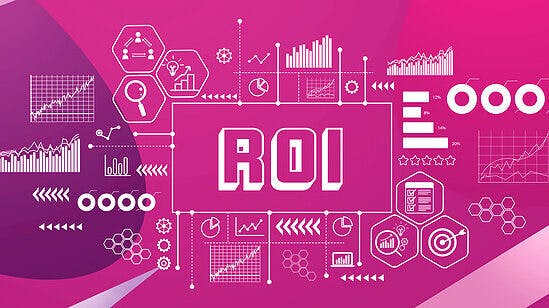When it comes to reaching out to engineers, advice for talent professionals abounds. However, we rarely go straight to the source and ask engineers themselves what makes a successful message. I gathered 49 software engineers and did just that – asked for the good, the bad, and the ugly of recruiter reach outs. And, whew, did they tell me!
First off, some good news – 42% of the engineers I surveyed have ultimately accepted a job they were first made aware of through a cold outreach message. However, 30% said they receive more than 25 messages a month – that’s more than 300 messages a year. How do you stand out from the noise and ensure your message is the one that lands?
It all comes down to three key ingredients:
- Who sends the message
- How the message is sent
- What the message says
Let’s break them down one-by-one.
Who sends the message
Surveyed engineers report that they’re most likely to respond to an outreach directly from a hiring manager, followed closely by one sent by an internal recruiter. Only 9% said they’re likely to respond to an external or agency recruiter.
The takeaway? If your hiring managers are willing, a quick note from them might make the difference for those key potential candidates. A winning strategy is to try a recruiter outreach sequence followed up by a quick hiring manager ping. Something like “I know our recruiting team has reached out but I wanted to let you know how excited I am about your profile” may encourage a reply from a potential candidate who is on the fence.
If you’re an external recruiter working on a specific role or exclusively with one or two companies, it’s worth seeing if they’re willing to provide you with a company email address to add some extra legitimacy to your reach out.
How the message is sent
51% of software engineers surveyed said they prefer to be contacted about potential jobs via their personal email address, with another 40% preferring LinkedIn InMail messages. Several of them asked that we avoid their current work email address and text messages came in last with only one vote of support out of everyone who took the survey.
Consider a two-step campaign, starting with an email reach out and wrapping back around with an InMail message to those who don’t reply a week later. I like to say something along the lines of “Sometimes my program pulls an old email address and I didn’t want to miss the opportunity to speak with you!” to justify the second reach out.
What the message says
39% of engineers ranked personalization as the most important part of any cold outreach. What’s personalization? Go beyond “Hi {Name}” and call out something specific from the profile – “Hey Cory, I see you’ve scaled systems from 0 – 500k users. This is our next big goal! If you’re interested in doing it again, I’d love to chat with you this week”.
Showing you not only read the profile but can apply it to the problem this hire is trying to solve can be a powerful reach out. Come across a LinkedIn profile with less information available? Check their headline and summaries for something you can bring up in your messaging. Is their profile picture in front of a famous landmark? Does it feature a furry friend? When all else fails, these can be great conversation starters!
After personalization, three areas stood out as important inclusions in any reach out: an explanation of the role, some information about the company as a whole, and a direct link to the formal job description.
With some small changes, you could improve the ROI on your initial cold outreach and likely become your potential candidate’s new favorite recruiter.
